How To Update Python Terminal
How To Update Python Terminal
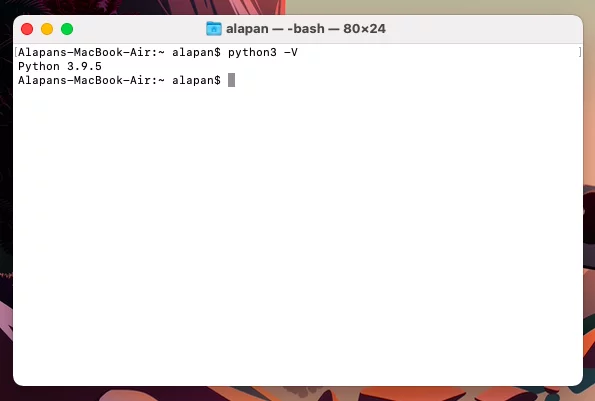
Download and install Python on Windows from the official Python website
If you see that Python isn’t installed, you can use the official Python website to install it.
If you were into this, you might also like
Is Paying Icloud Storage Worth It
Step 1 Step 1.
You can download Python 2 (or Python 3), or both. Later, we will discuss in more detail the technical steps of downloading and installing both Python 2 and Python 3, but first, let’s determine which of them (or both) you really need.
Python 3 was released in 2008. It is the most recent version of Python and it fixes many issues with Python 2. In comparison to Python 2, Python 3 has a simpler and more intuitive syntax, it offers a wide range of useful libraries (especially for data science), and a large community of Python developers maintain it. In contrast, Python 2 is no longer supported. If you’re not sure which version of Python to choose, it is best to download the most recent Python 3 release. You will most likely need only Python 3 if you’re going to work with new projects.
However, in some cases, you may also need Python 2. For example, if some of your company’s projects are written in Python 2, which is incompatible with Python 3, you might have to run older scripts. You may also want to use an older Python package if it hasn’t yet been upgraded for Python 3. If you find yourself in such a situation, then Python 2 is required.
You must manually select the Python 3 installer for your Windows Version to download it.
Run the installer. Run the installer
This process is the same for Python 2 as well as Python 3. Remember that, depending on your needs, you can install either one of them or both of them. You will not have any problems, as you can always choose the Python version that suits your needs.
Python 2.
Run the downloaded executable file for Python 2 that you will find in your Downloads folder. At each stage, select the options below:
To complete installation, confirm each window popup.
Now you have the latest Python 2 release successfully installed.
Python 3.
Download installer for Python 3, and find it in your Downloads folder. On the first pop-up window, select both checkboxes at the bottom to enable adding Python to your path in Windows automatically. Select Install Now.
Installation can take several minutes. In the following window, click Disable path-length limit in order to prevent future issues with path names that are too long.
If you were into this, you might also like
Pico Scope Review
The latest Python 3 release has been installed on your computer.
Step 3. Verify if Python was successfully installed on Windows
Step 4 (only if you installed both Python 2 and Python 3). Assigning system variables
This step is necessary for being able to easily access both Python versions from the command line.

How to Install Python on Mac using Homebrew
If this is your first installation of Python on Mac and you don’t know how to update it, you can start with Homebrew.
Install Python using HomeBrew by following the steps below:
What is the best way to know if you have installed an updated version of Python?
This is a simple reminder that it’s not necessary to remove Python 2 in order to upgrade to Python 3 on mac. You merely acquire the latest version, and now both Python versions could cohabit without issue.
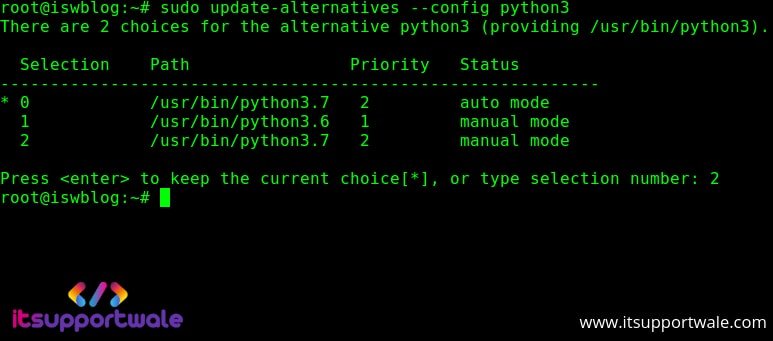
What Is the Latest Python Version for Raspberry Pi?
The best way to update Python in Raspberry is to download and install the latest version from the official Python website. You should always make sure to use the latest version of Python as it provides better security, performance and stability. If you are using an older version of Raspbian Linux (Stretch or earlier), you can use the apt package manager to update Python with the following command: sudo apt-get update && sudo apt-get upgrade python3. All packages related to Python will be updated. If there is a new version available, it will be installed automatically.
If you do not have an SD card, but you want to install all of your software, including Python, then you can also use NOOBS. This updater will download and install Python automatically.
Additionally, if you are using a specific version of Python, make sure to back up your project files or migrate them to the new version before updating. Once updated, you should be able to run your code as usual with the newest version of Python on Raspberry Pi.

Using Python Windows Installer
Let’s get to know about the way to update python using the python windows installer.
-
Visit the Python website, www.python.org.
-
Go to Downloads and click View the full list of downloads
-
Select your desired version.
-
Choose the appropriate installer for your processor, i.e. Select the installer according to your processor, i.e. Make sure to select correct package to avoide this kind of error.
-
Open this executable by clicking on the link.
-
Choose both options and install Python on all computers.
-
Select Customize Installation to customize the setting
-
Select your desired Optional Features and click NEXT. Choose td/tk IDLE and td/tk to install Python IDLE, which is an IDE that works with Python code.
-
Select your desired Advanced Features. Click Browse and select the path you want to use to download it to your computer. Install the software by clicking Install.
-
The Python is installed on your computer after installation. To end the installation, click CLOSE.
-
Use the commands below to determine the version of Python on your computer.

Run A Simple Python Program
Python is an interpreter language that supports many different interpreters. (Python2, Anaconda PyPy etc.) VS Code should default to the interpreter associated with your project. You can change the default interpreter by selecting the one currently shown in the blue bar at the bottom of the VS Code window, or you can open the Command Palette with Ctrl+Shift+P and type the command Python Select Interpreter. You will see a list with all the Python interpreters you have currently installed. Learn more about configuring Python environments.
Let’s create and run a simple Python program as a test and ensure that we have the correct Python interpreter selected.
Open the VS Code File Explorer window by entering Ctrl+Shift+E (or use the menu to navigate to View > Explorer).
Open your WSL integrated terminal by pressing Ctrl+Shift+. Make sure that the HelloWorld Python project folder is chosen.
Select the test.py file that you just created in your Explorer window to open it in VS Code. The.py extension in the file name indicates to VS Code this is a Python-based file. It will then automatically load a Python Interpreter from the Python Extension you previously loaded. You will be able to see it displayed at the bottom of the VS Code Window.
Copy this Python code and paste it into the test.py files. Then save them (Ctrl+S).
To run the Python “Hello World” program that we just created, select the test.py file in the VS Code Explorer window, then right-click the file to display a menu of options. Select Run Python File in Terminal. Enter pythontest.py in the integrated WSL Terminal window to execute your “Hello World”. The Python interpreter will print “Hello World” in your terminal window.
Congratulations. Congratulations! You are now ready to run and create Python programs. Now let’s try creating a Hello World app with two of the most popular Python web frameworks: Flask and Django.
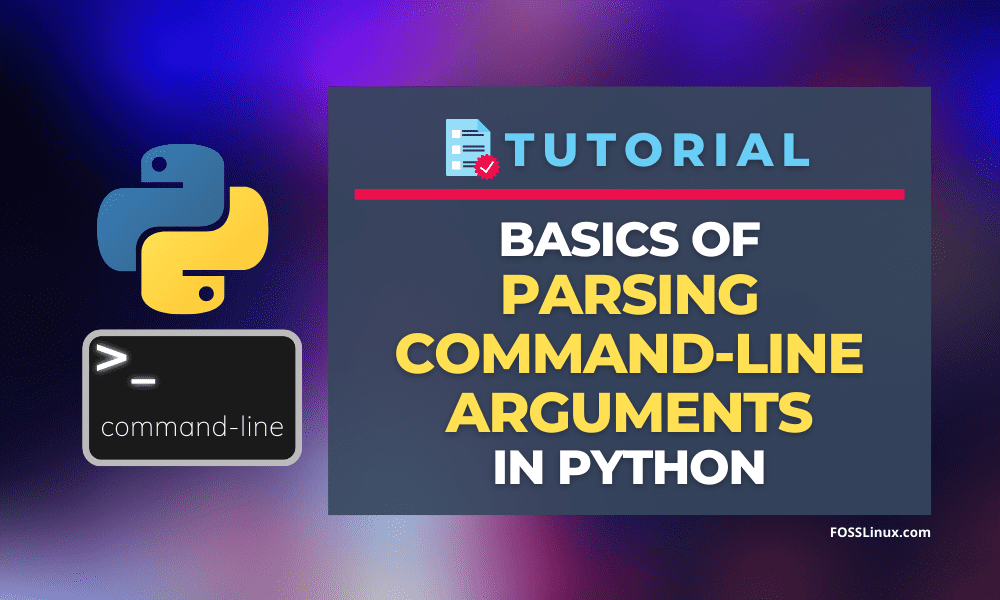
Using the Terminal to run Python scripts is the easiest. It depends. The Terminal is a good way to navigate the Linux filesystem.
Type the following in the terminal.
Enter to enter the website
The Terminal window should display the Python version installed on your system and some other information.
Don’t worry about that, though. Concentrate on the three greater-than (>>>) symbols.
These symbols are used to indicate a Python command prompt. A prompt waits for the user to enter something and then executes provided it follows Python syntax.
You are now ready to install Python. Print a little message, like
OR
Well, that is one way you can use the Terminal to interact with Python.
However, using the Python prompt can be cumbersome, especially when writing large programs. Besides, what if you were to use a Python script?
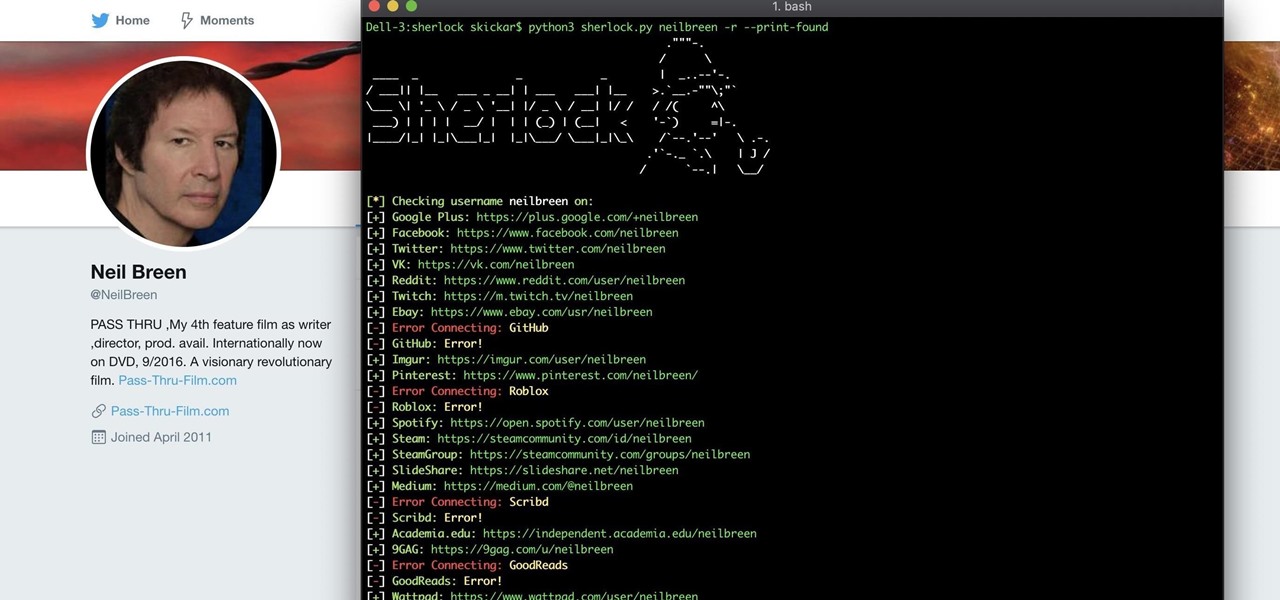
Use the Platform Module to Check What Version of Python Is Installed
You can also check Python’s version by running the command platform module Python.
The platform module in Python is part of the standard library and provides various functions to retrieve information about the underlying platform, system, and hardware on which the Python interpreter is running.
This can include details about the operating system, processor architecture, and the Python implementation itself.
If you appreciated this, you might also enjoy
Change Directory Terminal
Import platform print includes the python_version() method, which returns the Python version as a string.
This sample code shows how to use platform module.
The above Python code snippet demonstrates how to import the platform print module and use it to retrieve the Python version information, then print it in a formatted string.
You can also use the Python command below which uses tuples to check the Python version:
Both the sys and platform modules provide various Python commands to obtain information about the Python environment, and you can choose the one that better fits your specific use case or requirements.
Most often, programmers use IDEs for writing code. You can check the major version in your IDE as well.
In the section below, we will explore how to check Python version in two of the most popular IDEs for Python programming: VSCode and PyCharm.
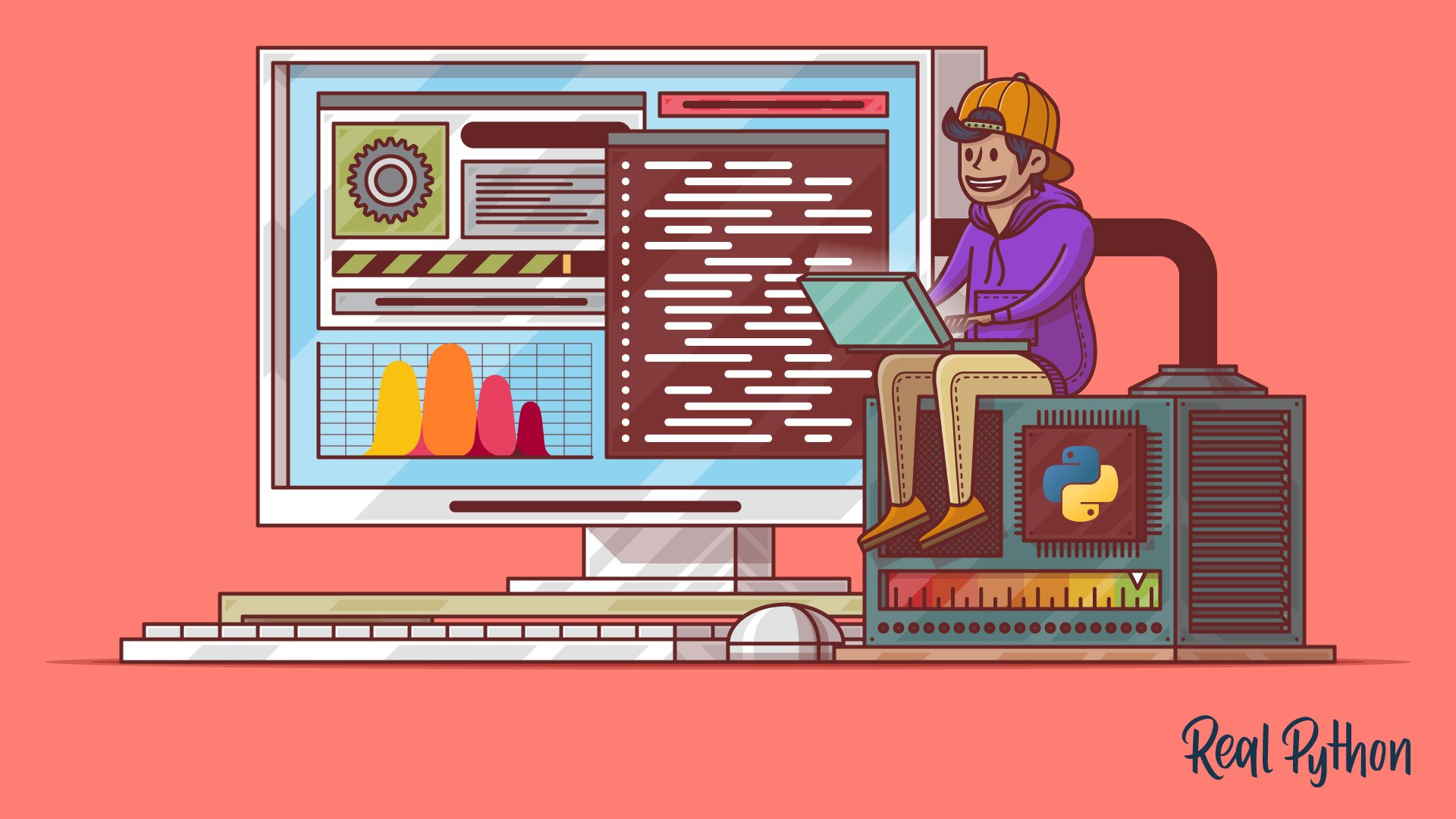
How To Upgrade Python On Macos?
You can download the latest version of Python for macOS from the official Python website, similar to what you did on windows OS to update Python version on your system. Follow the commands below to verify whether the Python is the latest version.
$ python –version
Python 2.x.x
$ python3 –version
Python 3.9.0
If you want to execute this new Python release with the python command instead of python3, install an alias in your $HOME directory’s bash profile file.
Open the terminal window and type the following commands:
Then, at the bottom, add this segment.
alias python=”python3″
Python 3.9 version can be checked using the following command.
$ python -version
Python 3.9.0